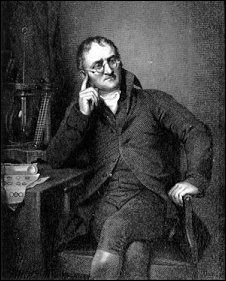| General Chemistry is a free introductory textbook on chemistry. See the editorial for more information.... |

|

Home  Nuclear Chemistry Nuclear Chemistry  Introduction Introduction |
|||






|
|||
Nuclear ChemistryAuthor: Andrew R. Barron
Everything around us is made from the elements of the periodic table. Elements are defined as the fundamental substances of chemistry, composed of atoms, in which all the atoms are the same. In turn, atoms are defined as being the smallest units of matter and cannot be further divided by ordinary means. It is the phrase “ordinary means” that is key to our discussions of nuclear chemistry.
To answer these questions we need to consider two areas.
Although Democritus first suggested the existence of the atom, it took almost two millennia before the atom was placed on a solid foothold as a fundamental chemical object by the English chemist John Dalton. Although two centuries old, Dalton's atomic theory remains basically valid in modern chemical thought. Dalton’s atomic theory states that:
We will try and understand these and along the way we will understand more about the atom.
|
|||
Home  Nuclear Chemistry Nuclear Chemistry  Introduction Introduction |
|||
Last Update: 2011-02-16


